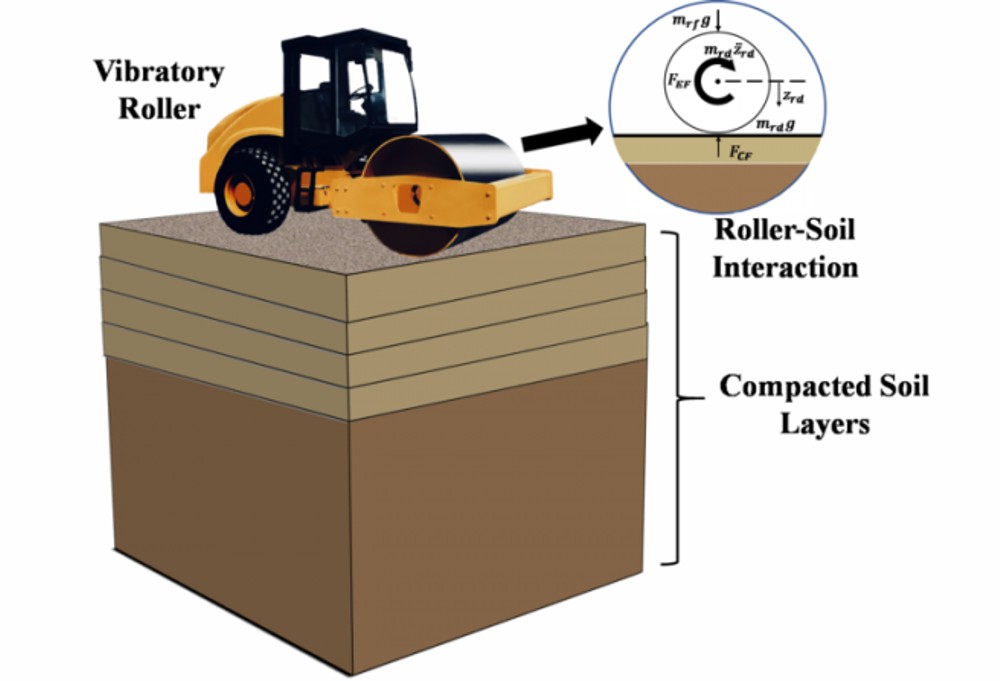New machine-learning technique could help reduce Potholes
Researchers have developed new “intelligent compaction” technology, which integrates into a road roller and can assess in real-time the quality of road base compaction. Improved road construction can reduce potholes and maintenance costs, and lead to safer, more resilient roads.
Months of heavy rain and floods have highlighted the importance of road quality, with poor construction leading to potholes and road subsidence. This not only causes tyre blowouts and structural damage to cars and trucks, but also increases the chance of serious accidents.
The innovative machine-learning technique, which processes data from a sensor attached to construction roller, was developed by a research team from the University of Technology Sydney. The study was led by Associate Professor Behzad Fatahi, head of geotechnical and transport engineering, together with Professor Hadi Kahbbaz, Dr Di Wu and PhD student Zhengheng Xu.
“We have developed an advanced computer model that incorporates machine-learning and big data from construction sites to predict the stiffness of compacted soil with a high degree of accuracy in a fraction of second, so roller operators can make adjustments,” said Associate Professor Fatahi.
Roads are made up of three or more layers, which are rolled and compacted. The subgrade layer is usually soil, followed by natural materials such as crushed rock, and then asphalt or concrete on top. The variable nature of soil and moisture conditions can result in under or over-compacted material.

“Like Goldilocks, the compaction needs to be ‘just right’ to provide the correct structural integrity and strength. Over-compaction can break down the material and change its composition, and under-compaction can lead to uneven settlement,” said Associate Professor Fatahi. “A well-compacted multi-layer road base provides a stable foundation and increases the capacity of a road to bear heavy loads. Trucks can weigh up to 40 tonnes, so a poor-quality base can quickly lead to cracks and weak spots in the asphalt surface.”
The research, recently published in a peer reviewed journal Engineering Structures, suggests the application of this technology could help build longer-lasting roads that can better withstand severe weather conditions.
The team is now looking to test the new technology onsite for various ground and roller conditions for road, railway and dam construction projects, and explore techniques to measure density and moisture content of the compacted soil in real-time during construction.
Read the paper: Double-layered granular soil modulus extraction for intelligent compaction using extended support vector machine learning considering soil-structure interaction.




















